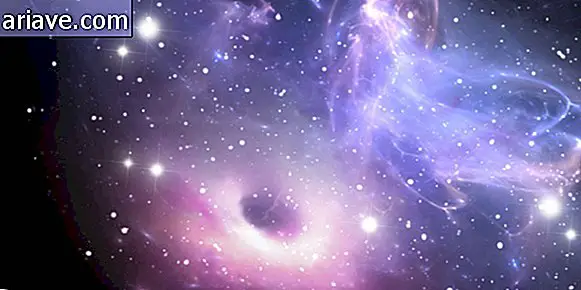NASA Releases 5 Most Beautiful Images on Earth

To commemorate the 40-year operation of the Landsat mission, NASA and the USGS - US Geological Survey - decided to select the most beautiful captured images on Earth, chosen because they look like true works of art.
The program - which aims to map, track and monitor the changes occurring on our planet through images - ended up forming a collection with thousands of images. Of these, scientists selected the most beautiful photographs and asked people to vote for the best. After 14, 000 votes, here are the 5 chosen:
5th place: Eyre Lake, Australia

The image above shows flooded parts of this shallow lake which, when full, becomes the largest Australian lake. However, if you pay attention, the center of the image forms a skull-like design.
4th place: Algerian Abstract

The yellow traces observed in this composition were not computer created. These are, in fact, mountains formed by windblown sand, which are part of an area in Algeria where you can find a sea of dunes measuring up to 500 meters in height and width each.
3rd place: Mississippi River meanders

All the squares that can be seen in this image are cultivated fields, small villages and pastures located in the vicinity of the meanders formed by the famous North American river, forming a beautiful and interesting mosaic.
2nd place: Yukon River Delta

The image above shows the various lakes, mudflats and lagoons that form part of the delta of this river located in Alaska - one of the largest deltas in the world, which is approximately the size of the state of São Paulo.
1st place: Van Gogh Space

The image, which looks more like a work of the famous Dutch painter, shows huge clusters of phytoplankton near Gotland, a Swedish island located on the Baltic Sea. Such clusters are formed when deeper sea currents bring nutrients to the surface, causing the growth and reproduction of these tiny plants.
Sources: NASA and USGS











